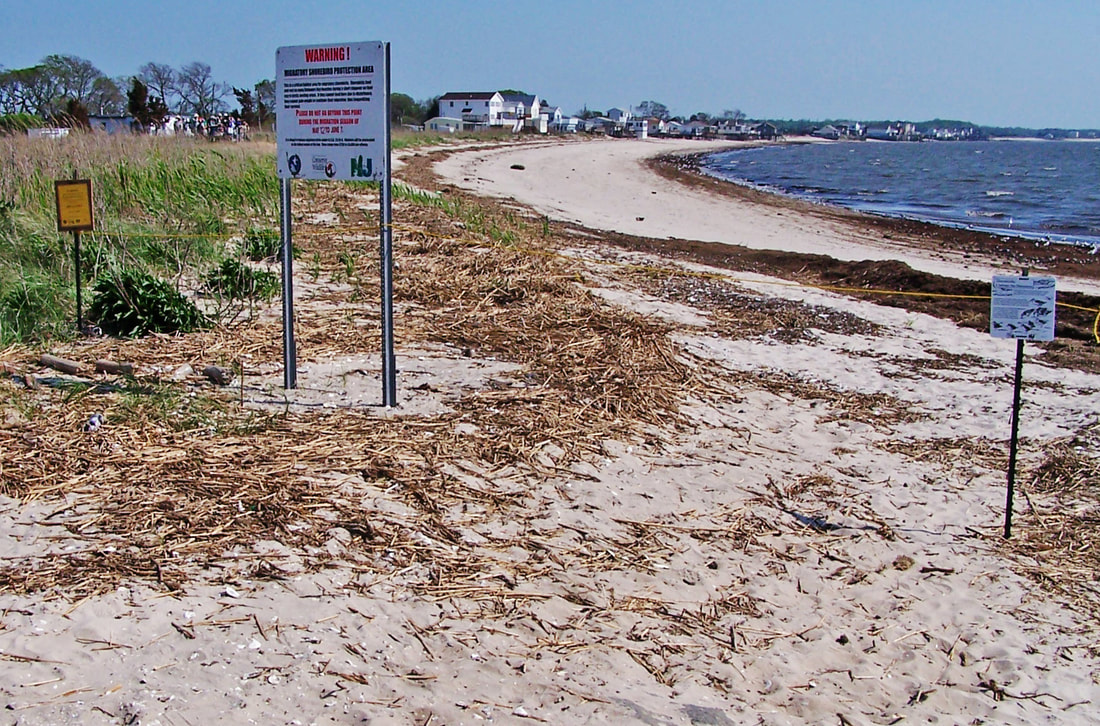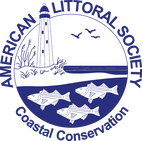|
The remote beaches of New Jersey’s Delaware Bayshore are loved by wildlife and humans. But human presence and activity on these beaches can scare migratory birds, disrupting feeding during their long flights to Artic breeding grounds. As a result, from May 7 to June 7, several beaches along the New Jersey side of the Delaware Bay have restricted access during the day to allow for birds to forage with minimal disturbance from humans. Trained Shorebird Stewards are stationed at each beach to inform the public about the incredible journey migratory shorebirds make every year and the importance of restricted access beaches. However, you don’t need to be trained or volunteer your time at a Delaware Bay beach in order to be a good steward for shorebirds. You just need to understand how they fit into the ecosystem and follow a few common sense rules. During May and June, millions horseshoe crabs swarm onto the shallow-sloped beaches of the Delaware Bay to spawn. The bay hosts the world’s largest population of the Atlantic horseshoe crab (Limulus polyphemus).
This yearly spawning ritual results in masses of horseshoe crab eggs, which appear in upturned ribbons along the beaches. Those eggs provide a critical food source for migratory shorebirds, including the federally-listed red knot (Calidris canutus rufa). In October of 2012, Superstorm Sandy decimated the Delaware Bay beaches which threatened future horseshoe crab spawning and the entire ecosystem that surrounds them. In response, the American Littoral Society and partners trucked in sand from upland quarries to restore the beaches. This effort helped avoid a natural catastrophe for the already dwindling numbers of northbound migrating shorebirds. While the restoration work helped build back a suitable environment for crabs and shorebirds, they remain vulnerable to a wide range of threats including habitat loss, changing climates, and human disturbance. It is imperative that the birds spend the limited time they stay at bay beaches with feeding on horseshoe crab eggs, which will help them meet the weight threshold that will sustain their journey to Arctic breeding grounds. How Can You Be A Steward for Shorebirds?
Comments are closed.
|
Archives
July 2024
Categories
All
|


